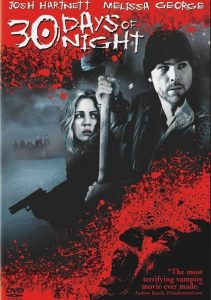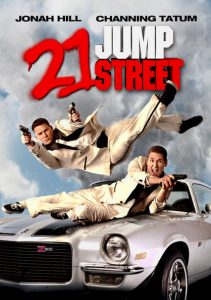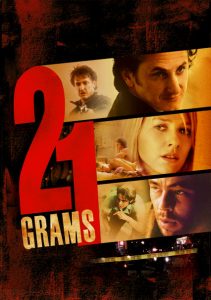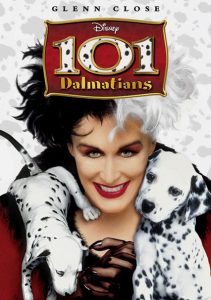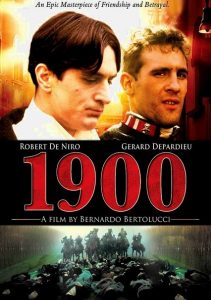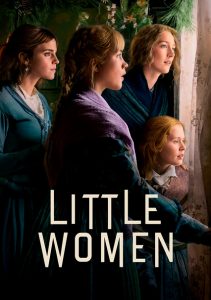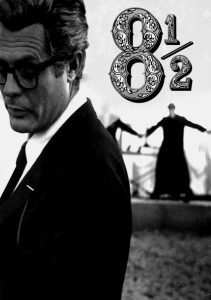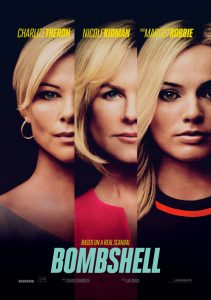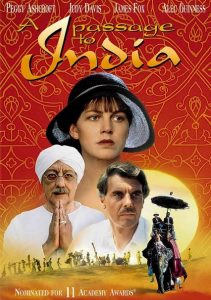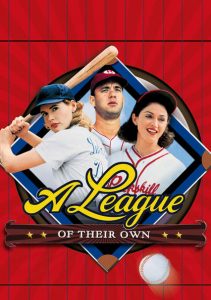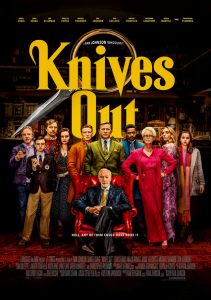30 Days of Night-2007
Director David Slade
Starring Josh Hartnett, Melissa George
Scott’s Review #993
Reviewed February 25, 2020
Grade: B-
During the decade when 30 Days of Night (2007) was released, the trend leaned towards the vampire-horror genre, where bloodthirsty tyrants would do battle with the good folks of the land.
The film has outstanding elements: a tiny town, total darkness, and chaos.
The gritty conclusion is a predictable letdown as the film spins out of control into the silly and the formulaic.
Hartnett, at the time, was an A-list actor, whose film career was dwindling, reduced to the horror circuit.
In Barrow, Alaska said to be the northernmost town in the United States, the winter sunsets and does not rise for 30 days and nights providing a full month of complete blackness. An evil force emerges from the black atmosphere and strikes terror on the town, and all hope rests on a husband-and-wife cop team, Sheriff Eben (Oleson (Hartnett) and Stella Oleson (Melissa George).
The duo must protect a handful of survivors from a pack of vampires and battle the lack of communication and blizzard conditions in the frigid arctic.
The film is based on a comic book miniseries of the same name, but 30 Days of Night is mostly influenced by two better films; 28 Days Later (2002) and 28 Weeks Later (2007), the former a groundbreaking film within the sub-genre- even the title is a copycat!
The result is nothing groundbreaking and rather run-of-the-mill story-wise. It seems patterned too closely after other films rather than having an identity all its own.
The best part of the film is the fantastic elements and trimmings created to provide an atmosphere. Highly effective, it carries the film and intrigues the compelled audience when the story lacks.
What is more frightening than a blinding whiteout, hungry vampires, or a town fraught with perilous fear? The spooky atmospheric trimmings make the lack of payoff even more jarring and make the film adequate, but little more.
The casting is mediocre and unrealistic.
I doubt any sheriff in a tiny, forgotten town would be as good-looking as Hartnett, nor is he believable as a powerful sheriff- he does not fit the part.
George, as estranged wife Stella, is neither good nor bad, but rather inconsistent. Little chemistry exists between the couple and both were cast for their looks as they seem to be staged puppets more than fleshing out their characters.
Regardless, any romantic entanglements between the characters are dull and insignificant.
The character development is not there.
Ben Foster, as “The Stranger”, is a great actor, but not in this film. Subsequently appearing in grand roles in Hell or High Water (2016) and Leave No Trace (2018), this film is not his best work. The character is limited whereas he could have added much more to a better-written script.
We know little about any of the townspeople and is unclear what the motivations of the vampires are other than to wreak havoc and create terror.
30 Days of Night (2007) is a marginally good film mostly because of the way it looks, and the horror-flavored ingredients sprinkled throughout. Despite some cool ways of killing off the evil vampires, the film never hits high gear, only remaining neutral for most of the way and puttering out with a disappointing climax.
Advisable is to see the much superior and similarly produced and filmed, 28 Days Later (2002).
